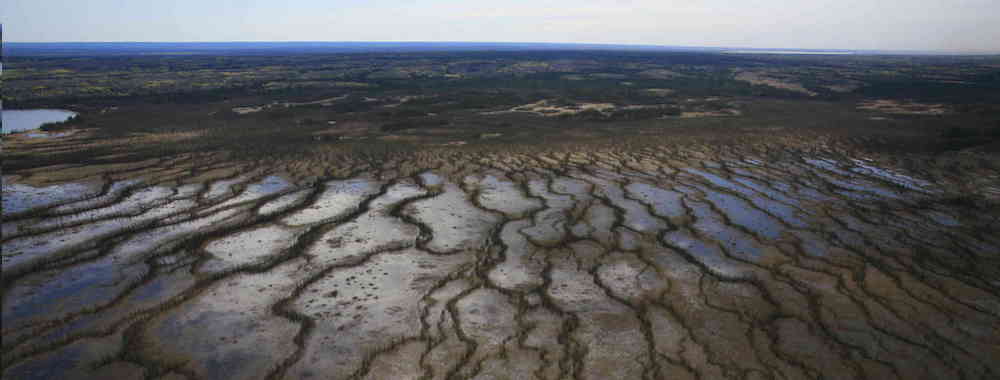
First, the petty side of me thought, finally – I was vindicated for thinking this was wrong all along. Second, the bloodlust kicked in as I thought of how this will be received at the offices of Canadian Geographic.
But soon, I started thinking about the people there and I just felt sad. That office is full of fantastic people and talented journalists, all of whom deserve better than what has been thrown at them by those at the helm. They deserved better when I interned there, too.
I watched stories get killed or aborted solely because the journalists knew they would never see the light of day; at least three of those stories were mine. It was an unspoken sort of self-censorship. Nobody bothered pitching stories that would antagonize the magazine’s most valued partners like Shell, CAPP, or Parks Canada, and in that manner, the institution slipped into bland irrelevance.
Within days of my arrival at the Canadian Geographic office in Ottawa, I was tasked with fact-checking the feature story for the next issue. It was a story on energy in Canada, absolutely riddled with mathematical errors and questionable facts sourced from CAPP promotional materials. Cross-referencing those materials with National Energy Board statistics and other sources, I found that many of the facts had been cherry-picked to present a significantly rosier picture than what was really going on, which wasn’t surprising, given that the feature had been paid for by CAPP.
A few weeks later, the new issue was printed. Sitting in front of me on my desk was “13+ Things You Didn’t Know About Energy In Canada,” an impossibly cheerful article about Canada’s emergence as an energy powerhouse. The first quote comes from a CAPP spokesperson, and the first fun “Energy Fact” is:
“Crude oil from Canada’s oilsands fetches roughly $20 less than market value per barrel. Why? The heavy crude from the oilsands requires more refining than light crude, and there isn’t enough pipeline capacity to get heavy crude from the oilsands to heavy-crude refineries along the U.S. Gulf Coast.”
Sound familiar? This is essentially a paraphrasing of CAPP press releases and reports that call for more pipelines and upgrading capacity – climate change didn’t get a single mention.
Cannibalizing readers’ trust by partnering with organizations whose interests obviously prevent even-handed reporting on science and nature in Canada will build up over time. Even a publication with a history and reputation like Canadian Geographic can only go back to the well so many times before readers catch on and their credibility starts eroding. When that happens – when they have mortgaged their only valuable resource enough times – they will have gone so bankrupt that even CAPP won’t have any use for them.